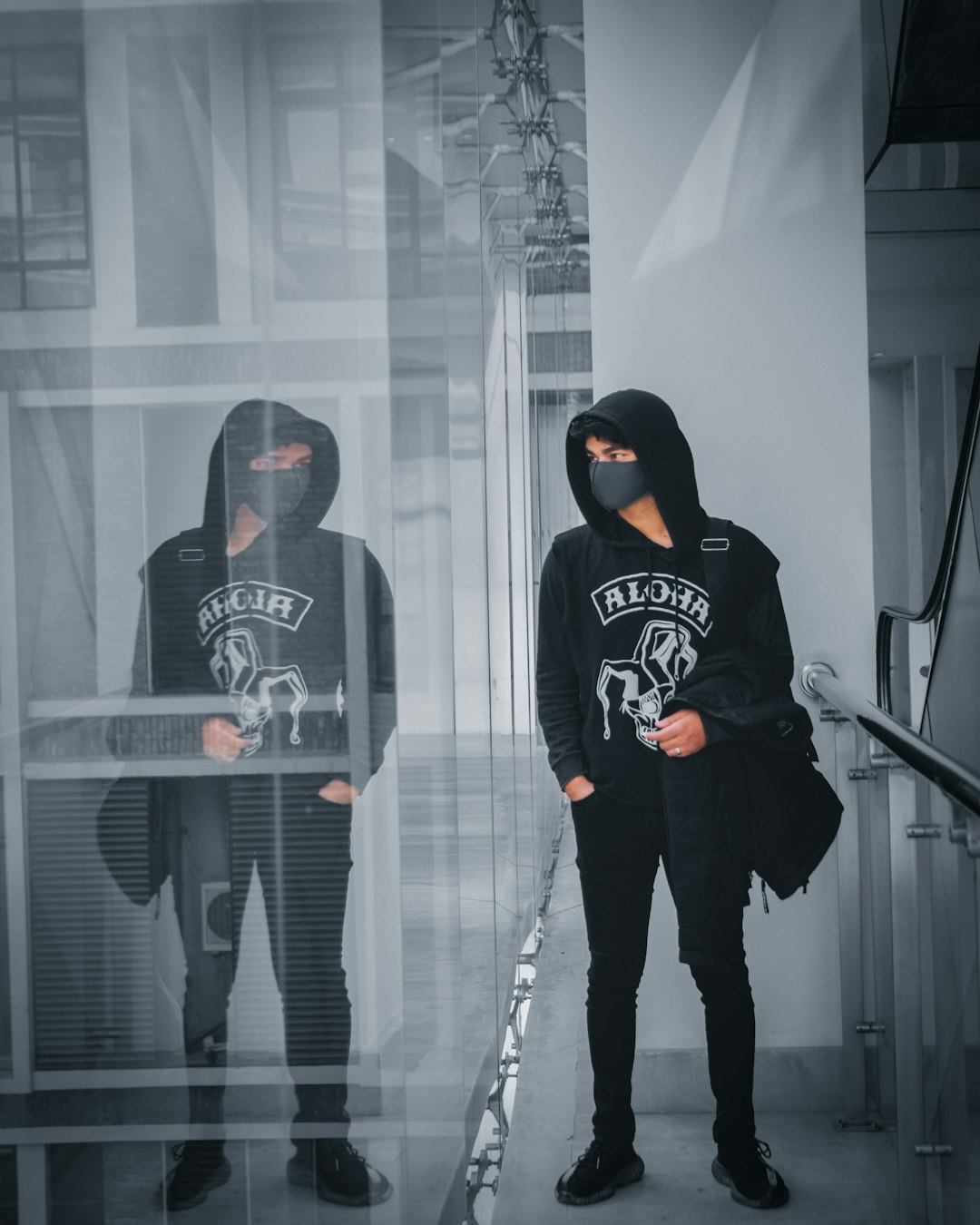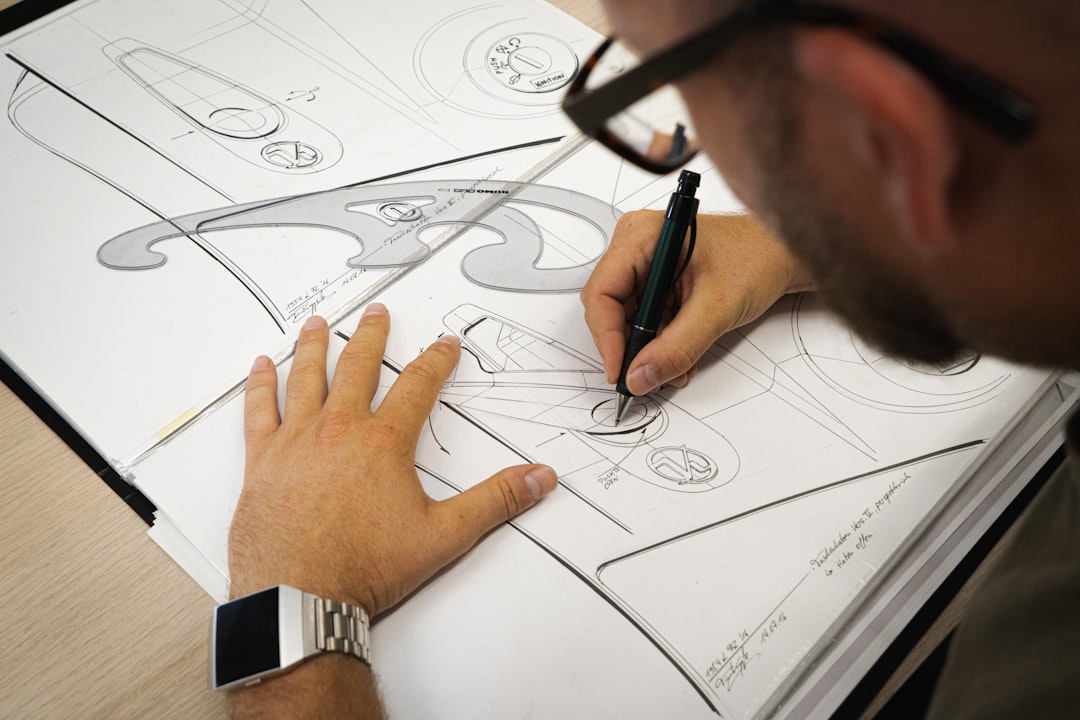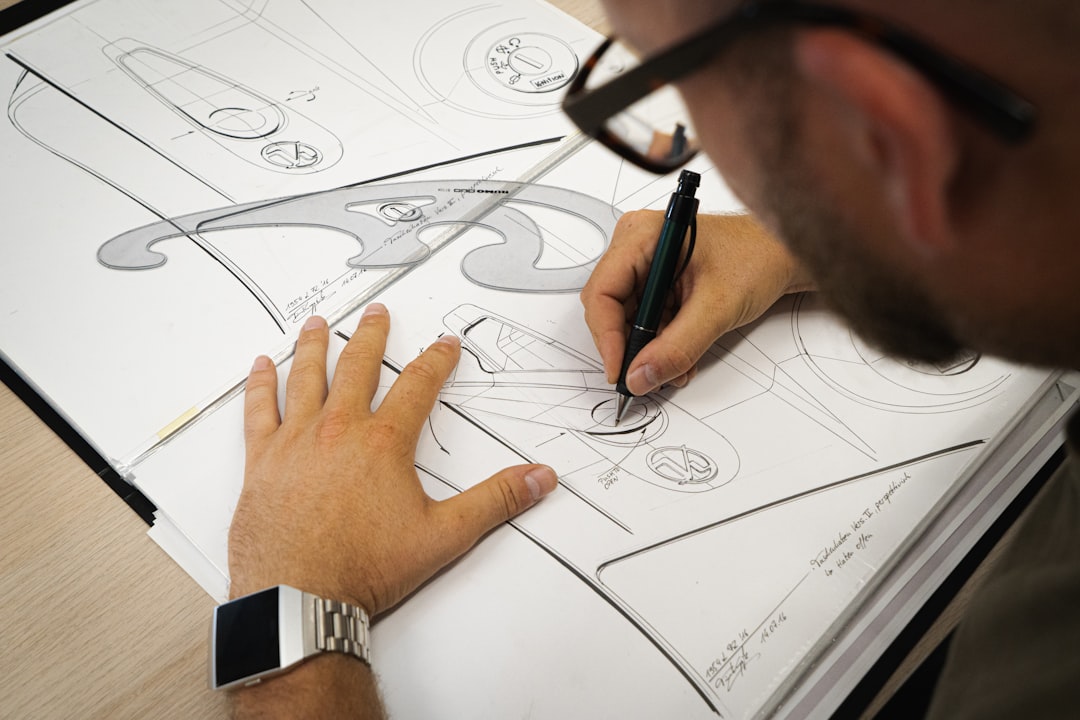If you grew up in Punjab, you know it Teej festival in Punjab isn’t just a date on a calendar.That's a feeling. Its smells like mehendi, sounds like giddha, and tastes like house made kheer. Laughing women under mango trees, swinging back and forth like they are five years old again, bangles jingling, dupattas flying. No other day celebrates womanhood, the monsoon, and homecoming quite like this.
If someone asked me what is Teej festival in Punjab, I’d tell them, it’s joy wrapped in memory. It’s the day a married woman becomes a daughter again. It’s the excuse you didn’t know you needed to wear green bangles, sing at the top of your lungs, and feel free even if just for an afternoon.
Read Also: Ganesh Idols For Ganesh Chaturthi
What Is Teej Festival in Punjab, Really?
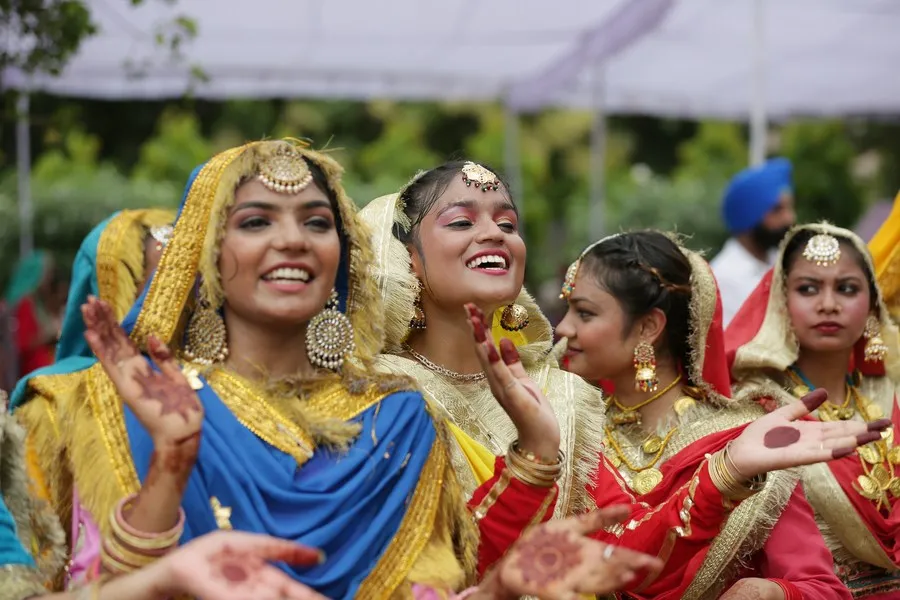
You can search Teej in Punjab on Google; it's honored in Sawan, the monsoon, to commemorate Goddess Parvati's marriage to Lord Shiva. Certainly, that is accurate. But no paragraph can capture the actual vibe.
In villages, Teej is simple women gather under trees, tie swings, and start singing old boliyan that have been passed down for generations. Giddha breaks out almost naturally, as if the body knows the rhythm before the music even begins.
In cities, Well, it’s taken a shinier shape. Community halls are rented, organizers decorate stages, dhol beats are played through speakers, and there’s usually a contest best outfit, best dance, even best mehendi design. But no matter where it’s celebrated, the emotion is the same. It’s for us, for women, for joy.
Therefore, when someone inquires of you what is Teej celebration in Punjab, don't just say it's a Hindu holiday. State that it honors love for yourself, your roots, and your people rather of only divine love.
Celebration of Teej Festival in Punjab
Now, there is no set procedure for how to commemorate Teej festival in Punjab. It always started the night before. Mom would bring out her favorite salwar suit, the one with little mirror work that only came out once a year. We'd soak mehendi leaves and crush them with our fingers. Not the packet one the real thing. We'd sit for hours applying it, giggling about who would get the darkest color and whose husband supposedly loved them more.
Next morning, there was music not from a speaker, but from someone’s mouth. Aunties would hum old Teej songs while chopping dry fruits for pinni and kheer. Bangles, bindis, kajal every small thing was a big deal.
And of course, the swing. If there was a tree, there was a swing. Someone will figure a way to hang the branch even if it seemed weak. We alternately pushed one other higher and hollered the kind of laugh from your stomach.
Though they have terraces, clubs, and parks, city versions might not include trees. Women still show up in green and orange, mehendi on hands, phone in one hand, tea in the other.
That’s the real way. Doesn’t matter how grand what matters is the joy.
Why We Celebrate Teej Festival in Punjab
People often ask, why we celebrate Teej festival in Punjab when everything else is changing so fast. Truth is, it’s because the world is changing that we need days like Teej even more.
Back in the day, women didn’t go out much. Teej was their break. Their return home. A reason to laugh without judgment, eat without guilt, and dance like no one was watching.
Even now, with all the progress, women carry so much work, family, expectations. Teej reminds us that we’re allowed to pause. That it’s okay to take up space. To sing out loud. To wear something that makes us feel beautiful.
And it’s not just about women. It’s also about the land. Teej marks the arrival of the monsoon. Farmers pray for good crops. The earth smells fresh. Mangoes are in season. Everything feels alive again.
So yes, we celebrate, for love, for rain, for remembrance.
What Is the Importance of Teej Festival in Punjab?
You can talk about history, mythology, culture but the importance of Teej festival in Punjab isn’t just in books. It lives in people.
It’s in the way your grandmother still remembers the giddha steps from her youth. It’s in the way your mom insists on making pinni from scratch. It’s in the way little girls spin in circles in oversized dupatte, pretending to be their mothers.
Teej connects generations. It teaches. It passes on not just tradition, but confidence the idea that being a woman is something to celebrate, not hide.
And even though modern life has changed the format, the heartbeat of Teej hasn’t changed. Not one bit.
You May Also Like: Where Art Meets Tradition: Soorya Festival Lights Up Thiruvananthapuram
Teej in Today’s Punjab , Same Soul, New Shape
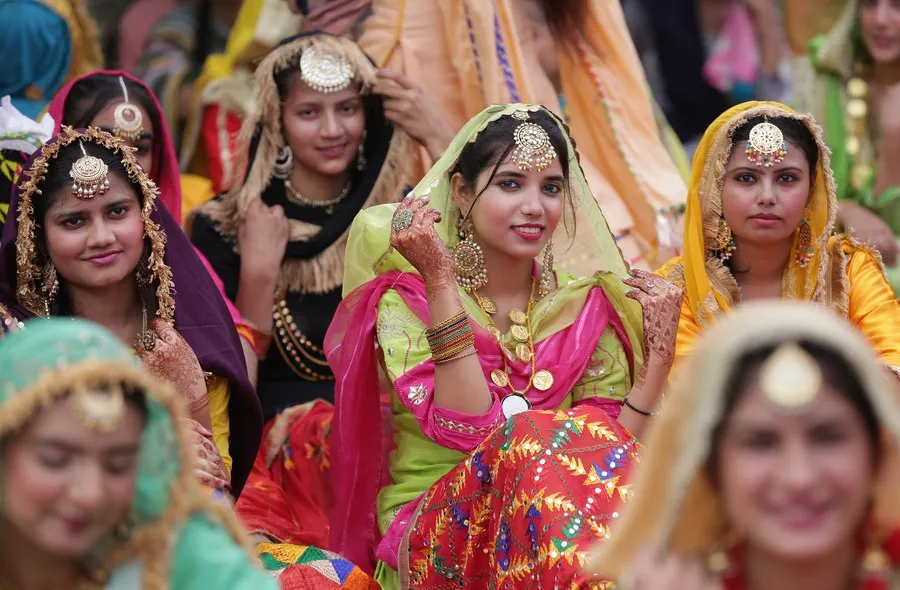
In today’s Punjab, the teej festival in Punjab has evolved, no doubt. With apartment living, joint family systems fading, and digital life creeping in, the festival has adapted too.
Now we see cultural societies organizing “Teej Mahotsavs” with dhol beats on stage, food stalls, selfie booths, and prizes. The swings are now symbolic, but they’re there. Even the music has gotten a remix old boliyan now played with beats. As long as the soul is alive the laughter, the connection, the pride the shape doesn’t matter.
Teej Isn’t Just a Festival, It’s a Mirror
When I look back, Teej isn’t just about the swing or the songs. It’s about remembering who I was. It’s about sitting with women who’ve been through life and still find a reason to dance. It’s about being allowed to be joyful without needing a reason.
The teej festival in Punjab isn’t dying. It’s evolving. Just like the women who celebrate it strong, graceful, and unapologetically vibrant.
So this year, whether you’re in a small town or a big city, tie a swing if you can. Or just hum a boli in your room. Either way, celebrate. Because Teej is a feeling, and if you feel it that’s enough.




